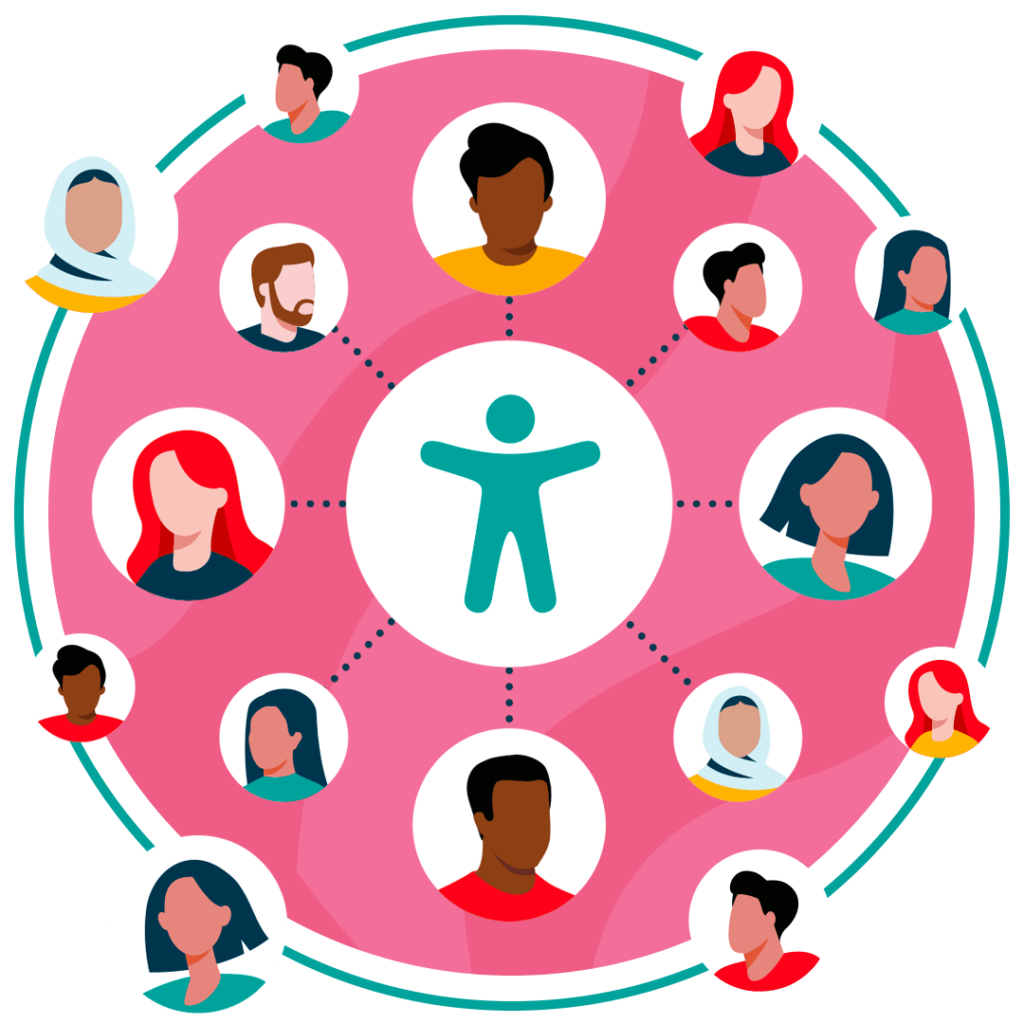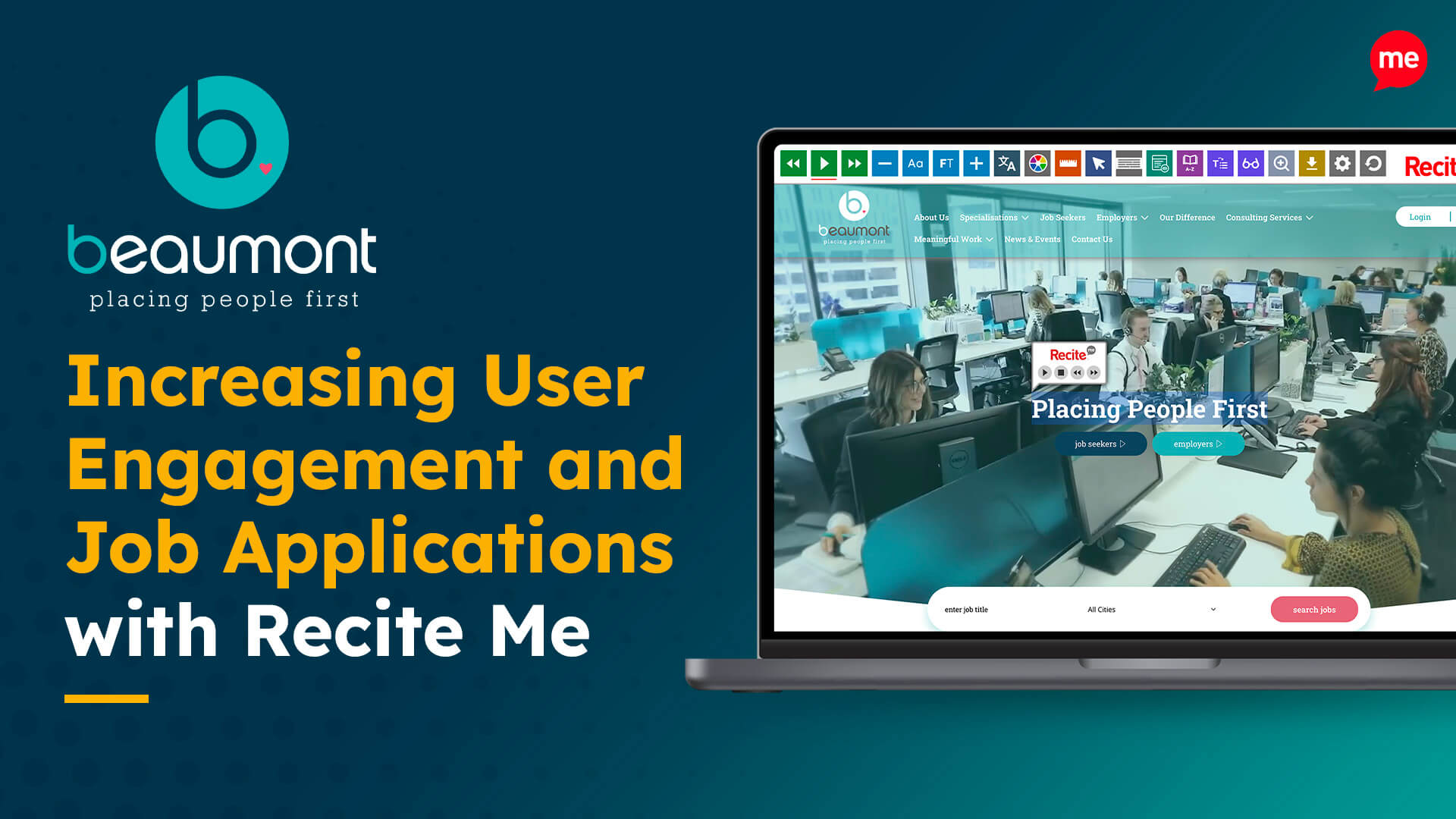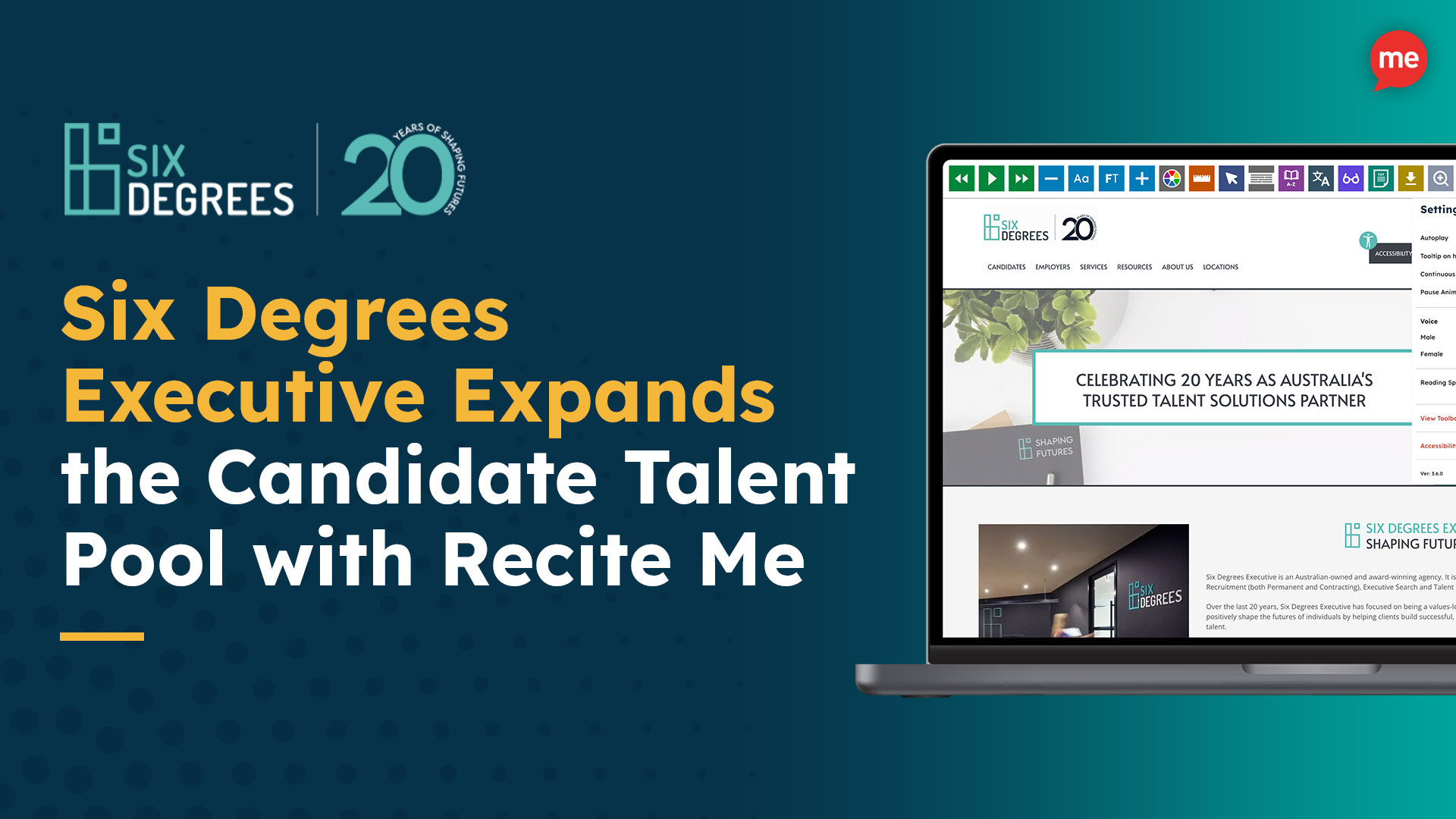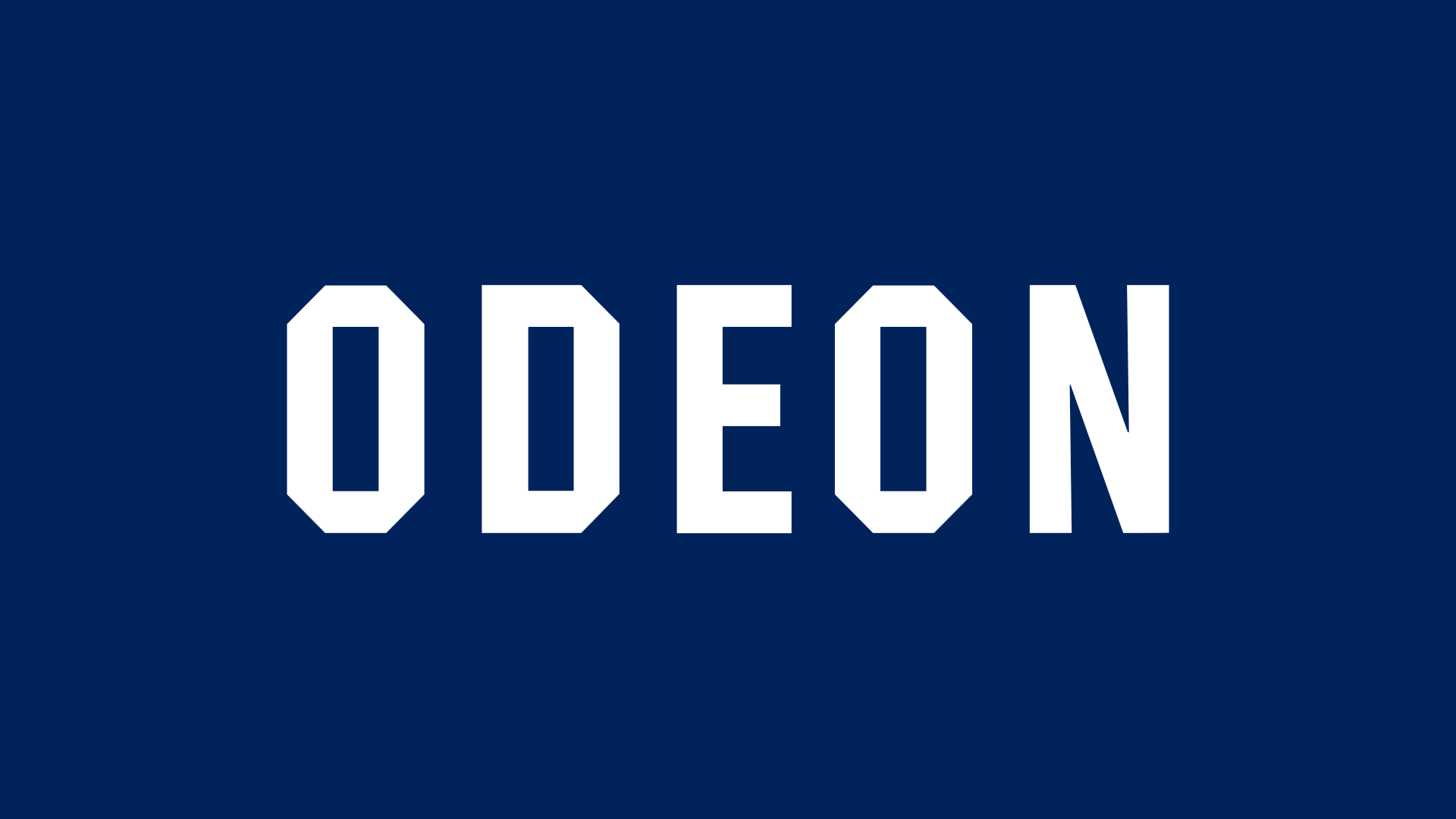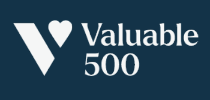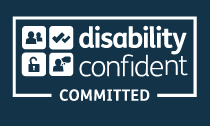Get Your Free Inclusive Recruitment Checklist
Download NowIn the modern workplace, the values of diversity and inclusion in the hiring process are crucial. It’s not just the right thing to do ethically, it’s also the smart business move. As D&I promotes a varied workforce, with complex personalities, belief systems and values all working together towards one common goal.
What is Diversity in Recruitment?
Diversity in recruitment refers to the practice of actively seeking and welcoming candidates from a wide range of backgrounds, demographics, and experiences. It involves intentionally promoting representation of individuals from different genders, races, ethnicities, sexual orientations, abilities, religions, ages, socioeconomic statuses, and other dimensions of diversity.
Recruiting with diversity in mind means recognising the value that a diverse workforce brings to an organisation. It fosters innovation, creativity, and better decision-making by incorporating varied perspectives and ideas.
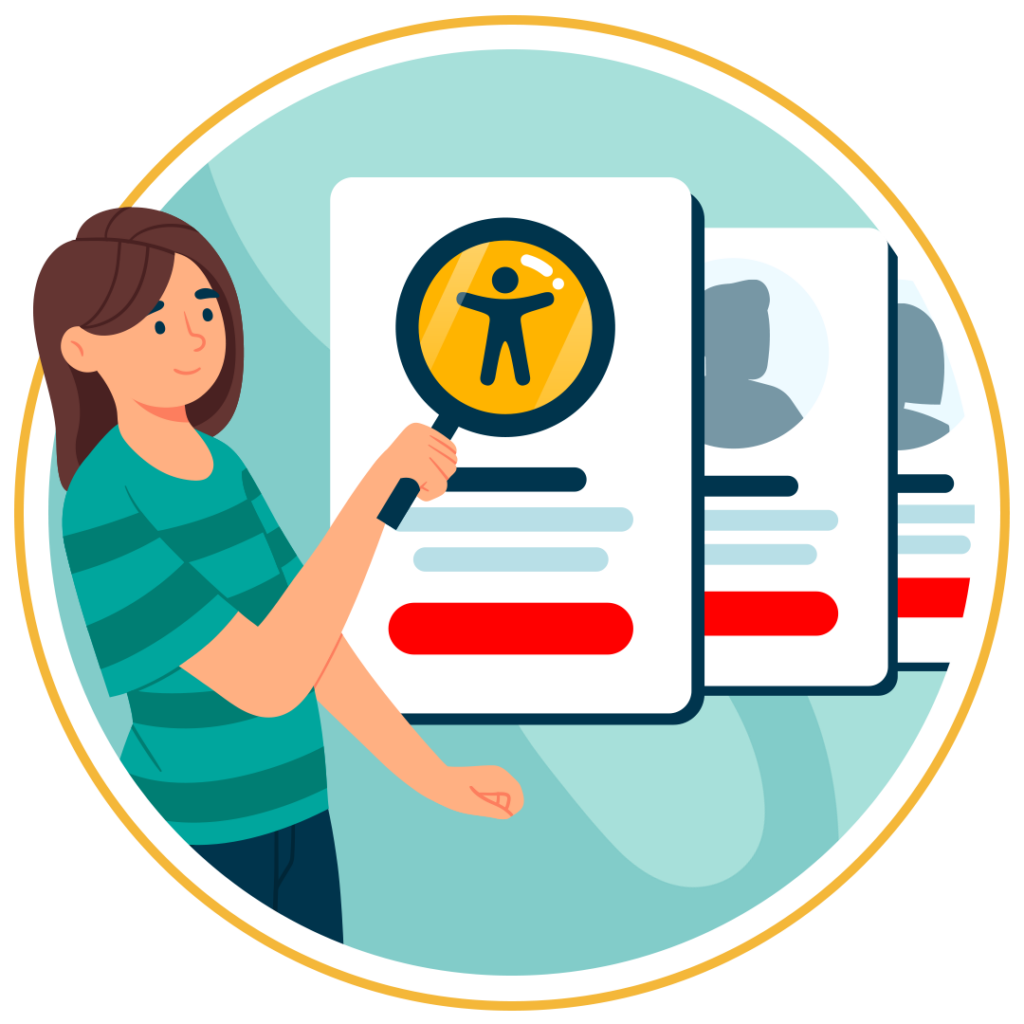
What is Inclusion in Recruitment?
Inclusion in recruitment refers to the practice of actively seeking and valuing individuals from diverse backgrounds, experiences, and perspectives. It involves creating an environment where everyone feels respected, supported, and able to contribute their unique talents and perspectives to the organisation.
Inclusive recruitment practices aim to eliminate bias and discrimination in the hiring process, ensuring that all candidates have an equal opportunity to compete for positions based on their skills, qualifications, and potential to succeed. To learn more about inclusive recruitment be sure to check out our Inclusive Recruitment Checklist.
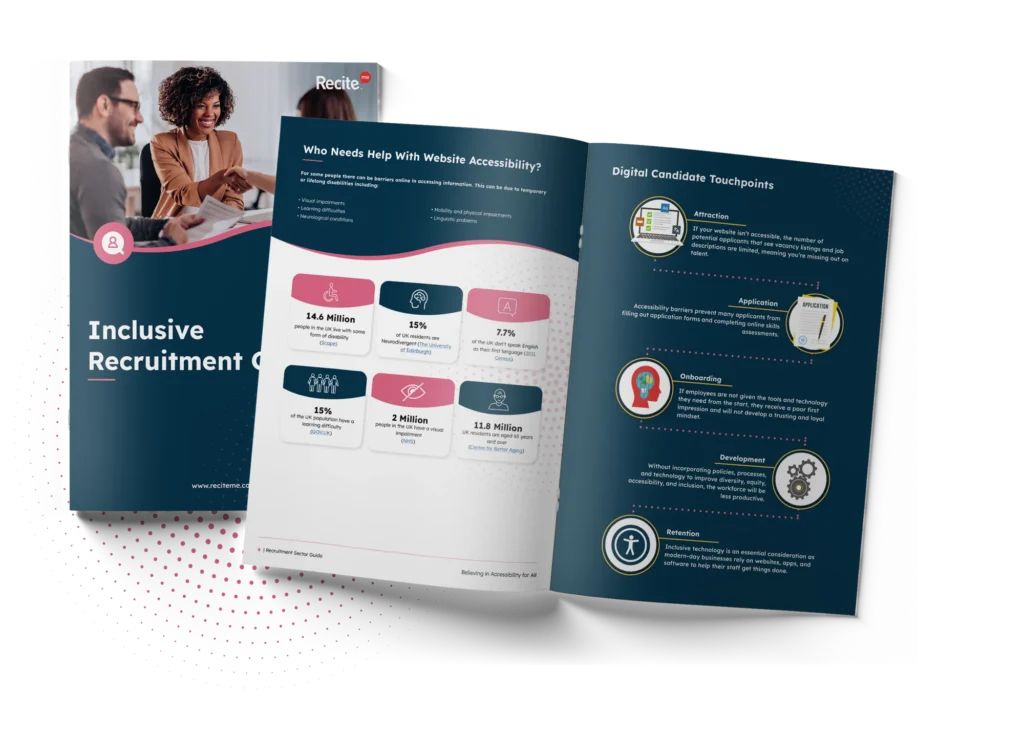
Download our Inclusive Recruitment Guide
Break down digital barriers and attract the best talent for your business!
Discover hidden talent and recruit from a larger talent pool by providing assistive technology. Support your potential candidates who may be disabled, visually impaired or who speak English as a second language to research and apply for jobs online.
Diversity and Inclusion Recruitment Best Practices
Provide Diversity and Inclusion Training
Maybe one of the most obvious methods of improving diversity and inclusion in recruitment is through the implementation of training programs for hiring managers. This can significantly enhance the hiring process and your recruiters.
Training can help in a number of ways such as reducing unconscious biases, teaching inclusive language, improving cultural awareness and more. Moreover, it can lead to improved operating procedures. For example, training can show managers new ways to work that help to improve inclusivity, such as standardised interviews and blind CV reviews (personal details hidden).

Create an Accessible Website & Online Recruitment Process
Many organisations will require applicants to apply through their website directly. But, this raises the concern of inaccessible websites that prevent individuals (particularly those with a disability) from applying. Even in instances where the application isn’t submitted directly through the website, it is important that the applicant can still find and use the website to gain more information about the company, their values and culture.
When designing a website, or improving it for accessibility, a good standard to follow is the Web Content Accessibility Guidelines.
Post jobs on a wide variety of Recruitment Platforms
Limiting where your job is posted can limit who sees it, as many platforms tend to favour specific demographics. This is why it is important to post to as many job boards as possible, especially those that target underrepresented demographics. But, beyond job boards, inclusive recruiters should also be looking to integrate different types of channels such as social media, employee referrals, shop window notices and more.
Here are a few job boards in Australia that employers can use to reach minority groups:
Inclusive Language
Inclusive language is a fundamental component of diversity and inclusion recruitment best practices. One key aspect of inclusive language in recruitment is avoiding gendered or culturally biased terms that may unintentionally exclude certain groups of candidates. This includes using gender-neutral job titles and avoiding assumptions about individuals’ gender, race, ethnicity, age, or other characteristics in job descriptions and communications.
Moreover, organisations should strive to use language that highlights their commitment to diversity and inclusion in job postings and recruitment materials. This can include explicitly stating the organisation’s commitment to diversity, equity, and inclusion and outlining initiatives or policies aimed at fostering a diverse and inclusive workplace.
By prioritising inclusive language in recruitment, organisations not only attract a wider range of candidates but also demonstrate their dedication to creating a workplace where everyone can thrive. Inclusive language sends a powerful message to candidates that they will be valued and respected for who they are, ultimately leading to a more diverse and inclusive workforce.
Diversity Goals & KPIs
Setting clear and measurable goals to your recruitment staff can be critical in ensuring diversity and inclusion best practices are met. This can be done through the use of SMART objectives – Specific, Measurable, Achievable, Relevant and Time-bound. Providing your employees with relevant objectives and goals in the hiring process can help ensure they are aware of the organisation’s expectations and commitments to D&I.
This also means that it becomes easier to track the businesses progress towards those goals through the use of key performance indicators (KPI). Businesses can make use of diversity metrics such as hiring rates from different demographic groups. With these diversity metrics being presented through dashboards, graphs and/or slide decks. Furthermore, through critical assessment and evaluation of performance, it is possible to shape new goals and objectives for continuous improvement.
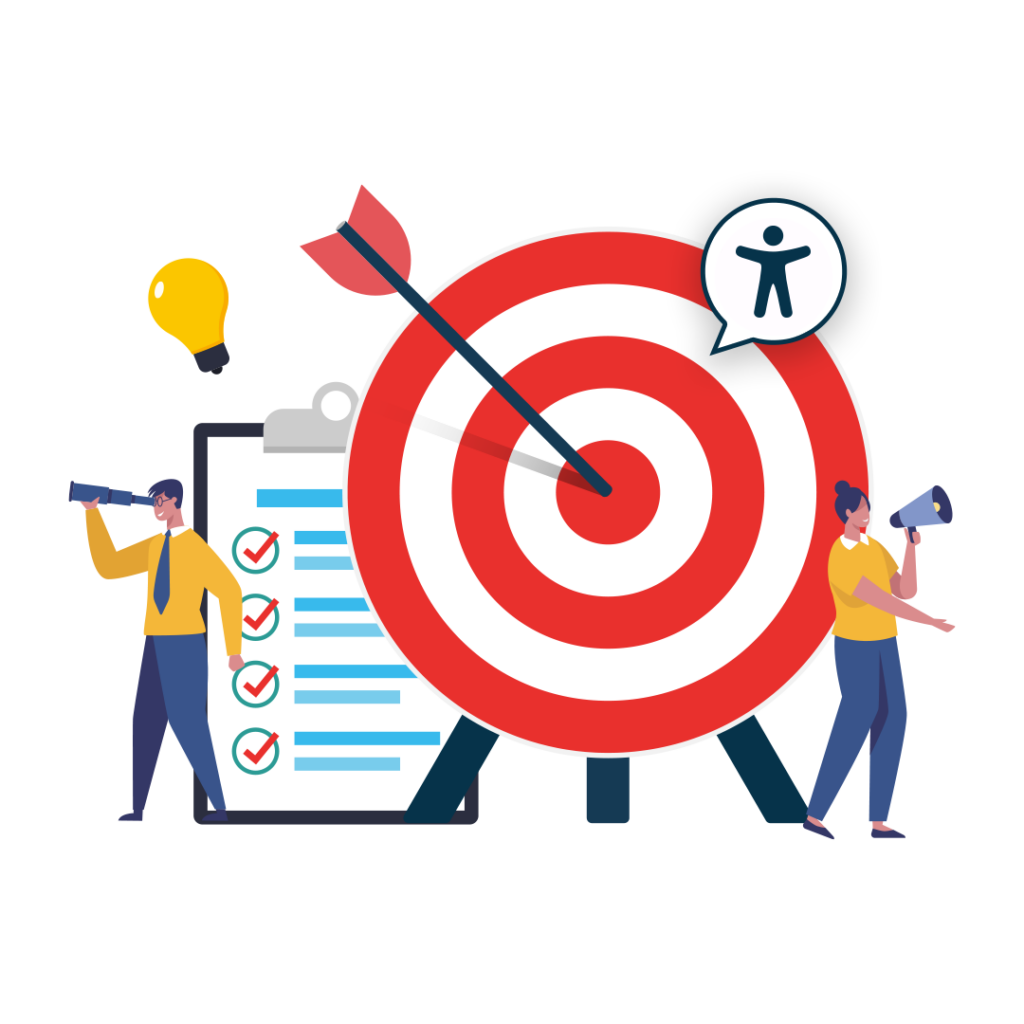
What are the Benefits of D&I in Recruitment Strategies
There are dozens of business cases for implementing D&I strategies into your organisations recruitment process. These benefits are wide ranging, from softer morale boosting benefits to more prominent financial benefits to the company. A list of some of the most common can be found below:
- Enhanced Innovation: A diverse team brings a variety of perspectives and experiences, fostering creativity and innovation through different approaches to problem-solving and decision-making.
- Expanded Talent Pool: Embracing diversity widens the talent pool, allowing organisations to attract and retain top talent from diverse backgrounds and skill sets.
- Improved Performance: Studies show that diverse teams tend to outperform teams with low diversity, leading to better business results and increased competitiveness.
- Enhanced Employee Engagement and Retention: When employees feel valued and included, they are more engaged, satisfied, and likely to stay with the organisation, reducing turnover costs.
- Increased Customer Satisfaction: Improving D&I in the workforce can lead to better understanding of customers needs and preferences, ultimately resulting in improved customer satisfaction and loyalty.
- Stronger Employer Brand: Companies known for their commitment to diversity and inclusion attract a wider range of candidates and customers, enhancing their reputation as an employer of choice. Learn more about employer branding in recruitment here.
- Compliance and Legal Protection: By ensuring fair and inclusive hiring practices, organisations mitigate the risk of discrimination lawsuits and regulatory penalties.
Australian Government Regulations Around Diversity and Inclusion in Recruitment
In Australia, several government regulations and guidelines exist to promote diversity and inclusion in recruitment practices, ensuring fair treatment and equal opportunities for all candidates. Some key regulations and initiatives include:
Australian Human Rights Commission (AHRC)
The AHRC is a national independent statutory body that promotes and protects human rights in Australia. It provides guidance and resources to employers on complying with anti-discrimination laws and promoting diversity and inclusion in the workplace, including in recruitment practices.
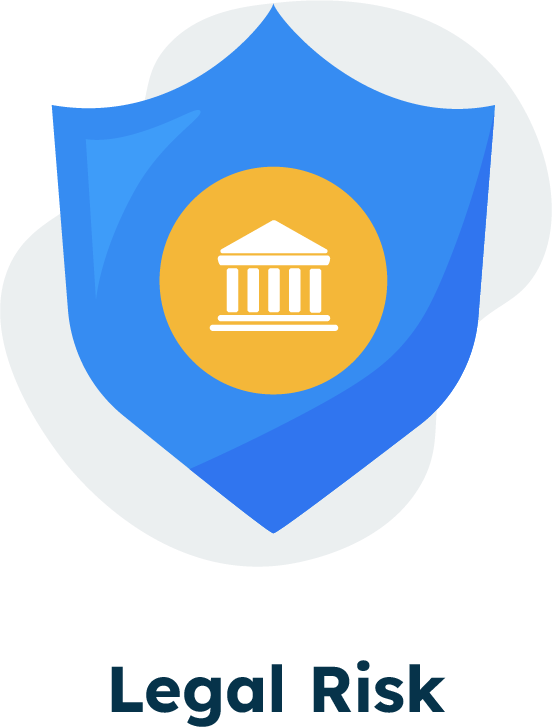
Disability Discrimination Act 1992
The Disability Discrimination Act prohibits discrimination on the grounds of disability in various areas, including employment. Employers are required to make reasonable adjustments to accommodate the needs of employees and job applicants with disabilities, including in recruitment processes.
Attract the best talent for your organisation by becoming an inclusive employer!
Inclusive recruitment doesn’t have to be complicated. This checklist breaks down everything you need to know to attract and retain diverse candidates. Download your checklist today and get started right away.
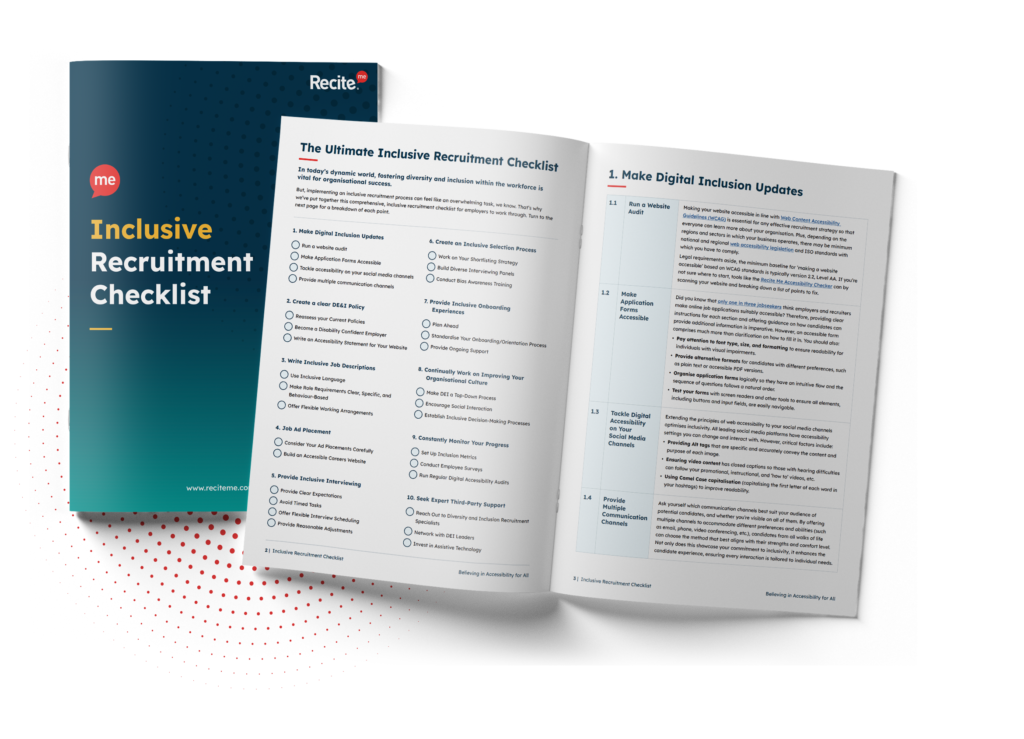
Tools to Help you Attract a Diverse Workforce
At Recite Me we know the importance of inclusion, that’s why we help so many organisations around the world become more inclusive. We provide a number of different accessibility tools that can aid organisations in a number of different ways, including recruitment practices. Some of these tools include:
Accessibility Toolbar
The Recite Me Accessibility Toolbar is a type of software that installs on to your website to help make it more inclusive. It does this by providing a fully customisable experience to your website visitors. Allowing them to make use of the following features:
- Personalising font size, type, and colour options.
- Choosing the exact colour contrast between the text and background.
- Utilising the mask screen tool to help with focus.
- Using the ruler tool to make reading easier.
- Downloading content as an audio file as an alternative to reading.
- Converting page content into over 100 on-screen languages.
- Having the page read aloud in a choice of 65 languages.
- Customising PDF documents or having them read aloud/ translated.
- Zooming in on any part of a webpage.
- Using the built-in spell-checker and a fully integrated dictionary and thesaurus.

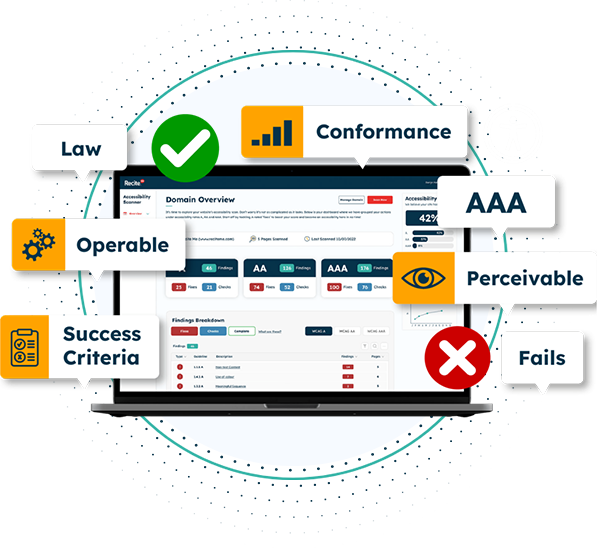
Accessibility Checker
Our Accessibility Checker can help address inaccessibility at its root cause. As the tool performs a complete scan of your website in line with the latest WCAG standards and guidelines. By following a simple four step process to help improve your websites accessibility:
- Scan – Choose between scanning on a domain or page level.
- Identify – Highlight accessibility issues on your website automatically.
- Fix – Boost your accessibility score by prioritising fixes in line with levels A, AA and AAA of WCAG.
- Track – Create and share custom reports in the tool that allow you to track your progress and share it among your peers.
